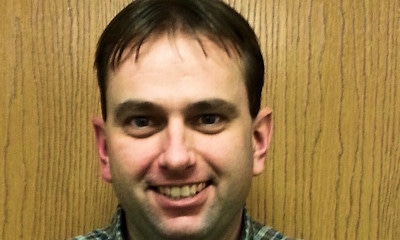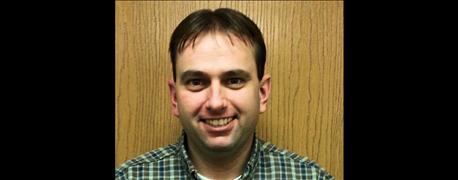
Rob Shellhamer farms and he also finds time to serve as chairman of the Wabash county Soil and Water Conservation District. His position with the SWCD alone could keep one person busy. This year Wabash County SWCD, Miami County SWCD and the Kosciusko County SWCD were all thee recognized as showcase districts at the Indiana Association of Soil and Water Conservation Districts annual conference earlier this year.
The award was based on how the three districts cooperated on grants and funding to help improve water quality and promote water quality testing in their area. It was a joint effort with Manchester University as well.

COVER CROP BELIEVER: Rob Shellhamer believes cover crops provide several vital benefits on his farm.
Besides that project supervisors on the Wabash SWCD keep busy operating the Wabash County Farm, which once served as the county’s ‘poor farm.’ Today, it is a working farm which contains several unique conservation practices, a nature area and no-till and cover crop fields and research. The supervisors cooperate with Lisa Holscher, director of the Conservation Cropping Systems Initiative, since the Wabash County Farm is one of five hub sites for the project. Eileen Kladivko of Purdue University, an agronomist and better known as the earthworm lady, does testing on such things as the amount of biomass produced by various cover crops on the site.
Why is Shellhamer such a big believer in soil conservation and cover crops? “Cover crops reduce erosion, grow roots that can penetrate the soil and leave channels for crop roots deeper than any tillage tool,” he says. And he doesn’t stop there, either.
“Cover crops can also keep leftover nitrogen from leaching away over winter, and provide a means to keep beneficial soil organisms active between cropping seasons,” he adds.
“I look at them (cover crops) as an investment in the long-term productivity of the soil that I farm.”
It’s the same message that visitors to the Wabash County Farm operated by the SWCD here as well, sometimes from Shellhamer and sometimes from other speakers.
(Darrell Boone contributed to this story. He writes from Wabash)
About the Author(s)
You May Also Like




